TRAINING SYSTEMS
Sport Specific
- Defined: Sport specific training includes motions and other dynamics specific to an individual's sport.
- Basic fundamental training is included in sport specific training so that the individual has a well-rounded strength and endurance base. Fundamental training is usually prescribed prior to entering into sport specific movements so that joints are prepared for the more demanding aspects of sport training. (see sample photos and video)
- Education in the use of heart rate and breathing rate as a measure of intensity is required. Strength and/or Endurance, Power, Speed, and contraction rates, as well as, agility, balance, and range of motion (ROM) mechanical abilities are addressed.
- Muscle physiology and anatomy, and exercise physiology, as well as, psychological training are required elements of this type of training.
- Training is performed indoors and outdoors.
- Nutritional concepts will be addressed for weight management, pre and post exercise fueling, and hydration.
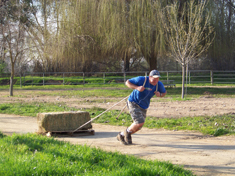 | 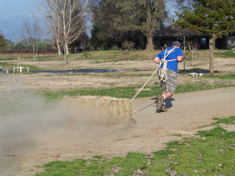 | 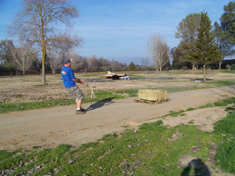 |
General conditioning for Weight Loss, Definition (toning), and Muscular Elasticity (flexibility)
- Numerous movement patterns will be incorporated into these programs based on an individual's ability levels, orthopedic concerns, and goals.
- Resting Metabolic Rates will be defined as a part of the Nutrition program required for the success of the training program.
- 4-day food summaries will be required of the client at the beginning of each training package to establish a Nutritional program to coincide with the training program.
- Multiple compound exercises, in groups (circuit training) or alone, will be the primary exercise modes. Fundamental training is incorporated into the routines to establish a core base of strength and endurance so that the client can perform numerous activities safely and successfully (i.e. the use of skiing training exercises as a means of working the body more intensely also develops specific movement patterns for skiing enabling the client to engage in that sport with confidence).
- Development and maintenance of joint flexibility as a means of preventing injury.
- Application of heart rates to training intensities will be required by training team.
- Training is performed indoors and outdoors.
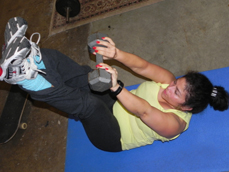 | 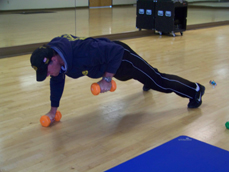 |  |
Strength and Power Training
- This type of training can be used in any program, including sport specific and general conditioning training. It is primarily used, however, as a both a fundamental and sport specific training mode.
- Muscle physiology and biomechanics of movements are essential educational tools provided by the training staff. Strict technique of movements will be employed.
- Plyometric movements (explosive movement training), as a form of power training, will be incorporated after a strength base is achieved.
- Olympic lifts will be used as a primary means of establishing power; strength will be achieved through numerous modes of training, including the use of powerlifting exercises, as well as, functional exercises.
- Training is performed indoors and outdoors.
 | 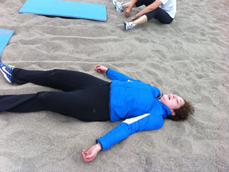 | 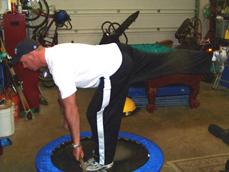 |
Functional Training
- Defined: Functional training can be defined as movements performed in a training setting that reflect required movements of the client on a daily basis.
- Functional training can be used to assess a client's inability to perform certain movements with a focus being that these inabilities may -and often do- lead to pain and injury (i.e. low back pain from weak core).
- Training is performed in all three planes of movement: saggital, transverse, and horizontal. This ensures that strength is developed in multiple movement patterns, and core stability is established.
- Training is performed mostly indoors.
 | 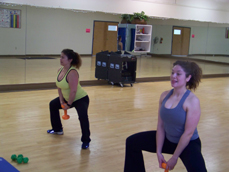 |
Endurance Training
- Defined: endurance is defined by the muscular system's ability to maintain force production over an extended period of time.
- Strength-Endurance= high force production for 15 to 30 reps before muscle failure.
- Lactate Production = submaximal force production for up to 2 minutes before muscle failure. Heart Rate = 95 - 100% of max.
- Lactate Tolerance = submaximal force production for up to 4 minutes before muscle failure. Heart Rate = 90 - 95% of max. Also known as V02 max workouts.
- Lactate Threshold (AT)= submaximal force production for up to 20 minutes, repeated after rest. Muscle failure not achieved. Heart Rate = 85 - 90% of max
- Utilization 1 = submaximal force production for up to 45 minutes, steady. Heart Rate = 75 - 85%
- Utilization 2 = submaximal force production for up to 90 minutes, steady. Heart Rate = 65 - 75%
- Utilization 3 = submaximal force production for an unlimited amount of time, usually 90 minutes to 2 hours in a training setting. Heart Rate = 55-6% of max.